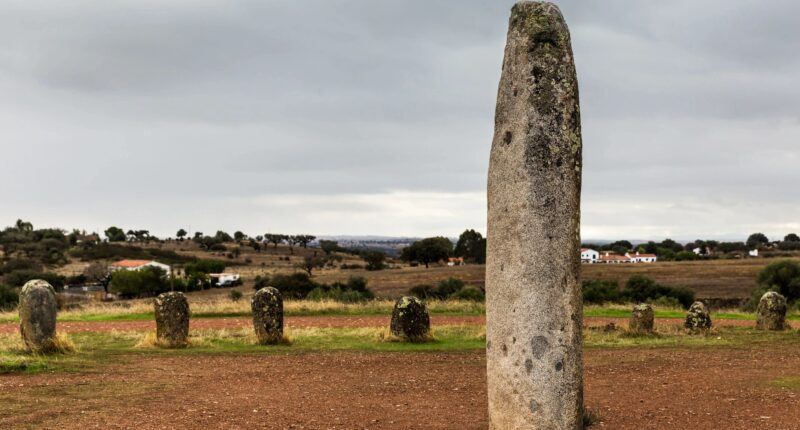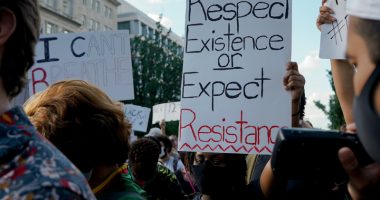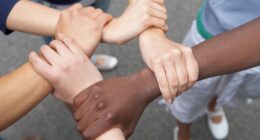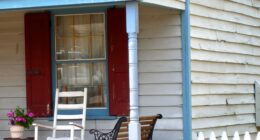That’s a powerful and weighty topic—Black burials in New Orleans carry deep historical trauma and cultural reverence, but they’ve also been targeted by racist research practices that dehumanize Black life and death alike. Here’s a draft editorial outline and a sample intro in your voice—smart, sharp, unapologetically pro-Black, with historical truth and cultural heat.
They say let the dead rest, but when it comes to Black folks in New Orleans, not even the grave is sacred. For centuries, our ancestors have danced their way into eternity—buried with second lines, sorrow songs, and a dignity that this world too often denied them. But behind the brass bands and black umbrellas lurks another tradition: white institutions digging up our bones in the name of “science,” looting our remains like archaeological souvenirs, and studying our dead as if we were never human in the first place.
From the French Quarter to the Ninth Ward, Black burials have been desecrated, ignored, and exploited—by universities, governments, and greedy developers. And it’s not just history. It’s happening now. The question is: when will we finally be allowed to rest?
The exhumation and exploitation of Black graves by universities, museums, and anthropologists is a long-standing and disturbing chapter in the history of academic and scientific research. Often cloaked in the language of “research,” “anthropological study,” or “scientific advancement,” these actions were driven by racism, colonialism, and the dehumanization of Black people. Here’s a detailed overview of how this has unfolded historically:
Pseudoscience and the Rise of Racial Anthropology
In the 18th and 19th centuries, as “scientific racism” gained traction, academic institutions and anthropologists sought to “prove” white superiority through physical anthropology. Black bodies, both dead and alive, were seen as data points, not human beings.
• Grave robbing for skulls and bones: To measure skull sizes and other physical traits, many white researchers looted the graves of enslaved Africans and free Black people. Skulls were often collected without consent to support false hierarchies of intelligence and civilization.
• Samuel George Morton, a University of Pennsylvania physician, amassed over 1,000 skulls—many from Black and Indigenous people—to support his racist theories. His “American Golgotha” became a foundation of race science in the U.S.
Institutional Involvement and the Academic Pipeline
Universities often played central roles in both funding and legitimizing these practices:
Harvard University has faced backlash for holding the remains of at least 15 people of African descent, including those believed to be enslaved. Some were part of Louis Agassiz’s work, a proponent of polygenism—the belief that different races were created separately and unequally.
University of Pennsylvania’s Morton Collection still holds hundreds of remains, including skulls from enslaved Africans, many of whom were taken without consent or documentation.
Black cemeteries and burial grounds—often unmarked and poorly protected due to systemic neglect—were seen as “available” for excavation. Institutions took advantage of the absence of legal protection or community oversight.
Excavating Black Cemeteries Without Consent
Throughout the 20th century, academic and government-backed excavations of Black burial sites were rampant, often tied to urban development, highway construction, or archaeological interest.
African Burial Ground in New York City (1991): During construction of a federal building, workers uncovered a 6-acre burial site with remains of more than 15,000 Africans from the colonial era. Initially treated with little care or consultation, the discovery sparked protests and forced the federal government to return remains to the Black community. It became a pivotal moment in exposing the erasure of Black lives from public memory and scientific respect.
Shockoe Bottom in Richmond, Virginia: Once the second-largest slave market in the U.S., the area includes unmarked Black graves. Developers and archaeologists have long attempted to “study” or build over the space, often ignoring Black community voices calling for protection and remembrance.
Freedman’s Cemetery in Dallas, TX: In the 1990s, remains were unearthed during road expansion. Initially mishandled, the event pushed efforts to honor and memorialize Black burial sites nationally.
The Use and Abuse of Black Remains in Teaching and Research
Even after excavation, Black bodies have been mishandled in laboratories and classrooms:
• Medical schools and anatomy labs frequently used the unclaimed or stolen bodies of Black people for dissection. Enslaved people’s remains were particularly targeted in the 1800s, continuing into the Jim Crow era.
• University of California, Berkeley held thousands of Indigenous and African-descended remains without consent or proper documentation for decades, many of which were only recently returned under repatriation pressure.
Modern Reckonings and Continued Resistance
In recent years, Black scholars, descendants, and community activists have led powerful campaigns for repatriation, memorialization, and accountability.
I. Repatriation movements demand the return of stolen remains and greater ethical oversight in anthropology and archaeology.
II. Descendant communities are increasingly asserting their rights to guide the handling of ancestral remains, often demanding respect, not research.
III. Many institutions have issued public apologies, but critics argue apologies are hollow without reparative action—like transferring control of remains, offering restitution, and restructuring research ethics.
A Legacy of Disrespect—and the Fight to End It
This systemic disrespect of Black death mirrors the devaluation of Black life. Whether through grave robbery, unethical display, or exploitative study, the legacy is one of erasure, theft, and academic white supremacy.
But the tide is turning. Black-led initiatives—from local cemetery protection projects to national museum accountability efforts—are forcing universities to reckon with their roles in this historical violence.









